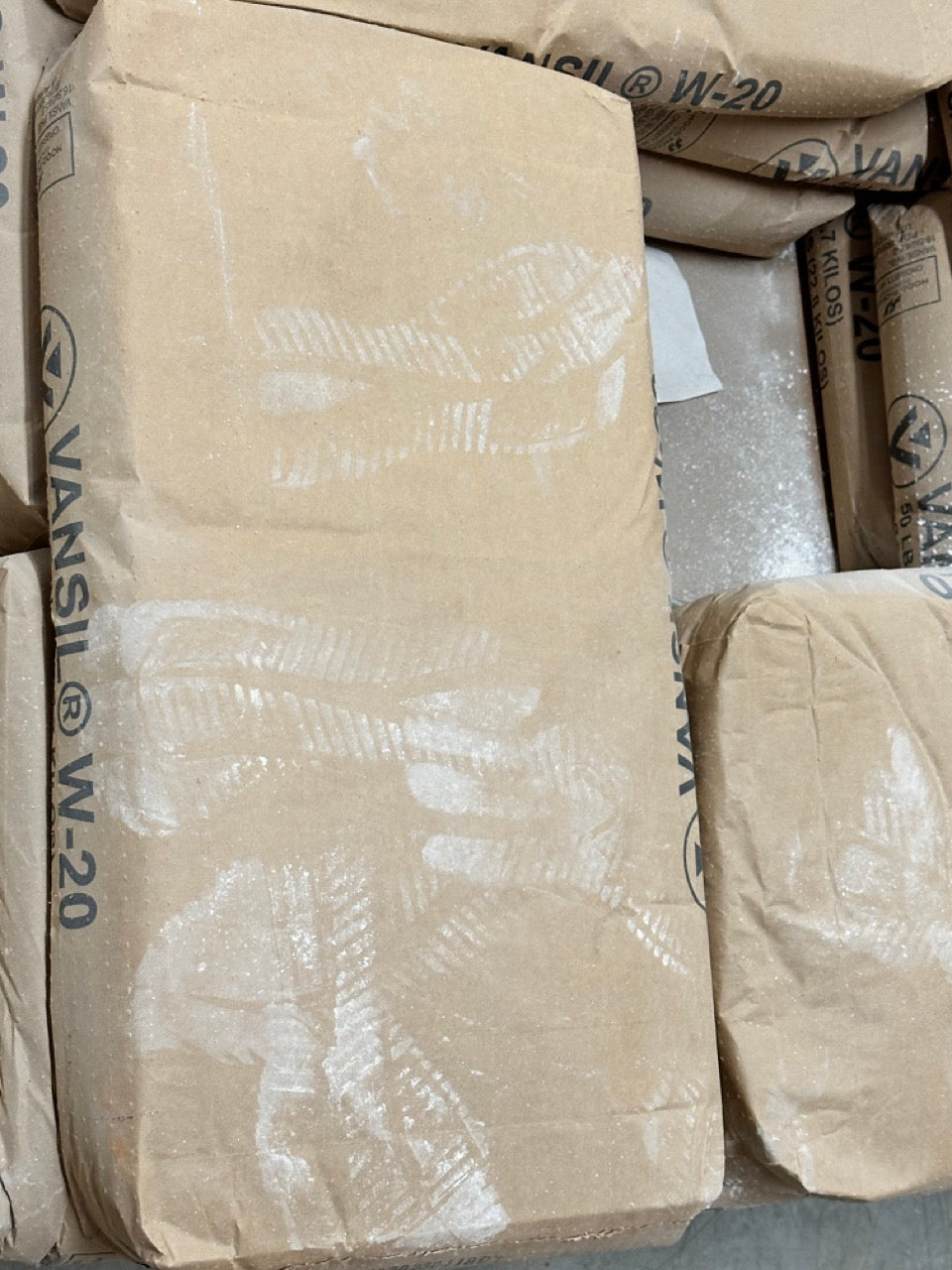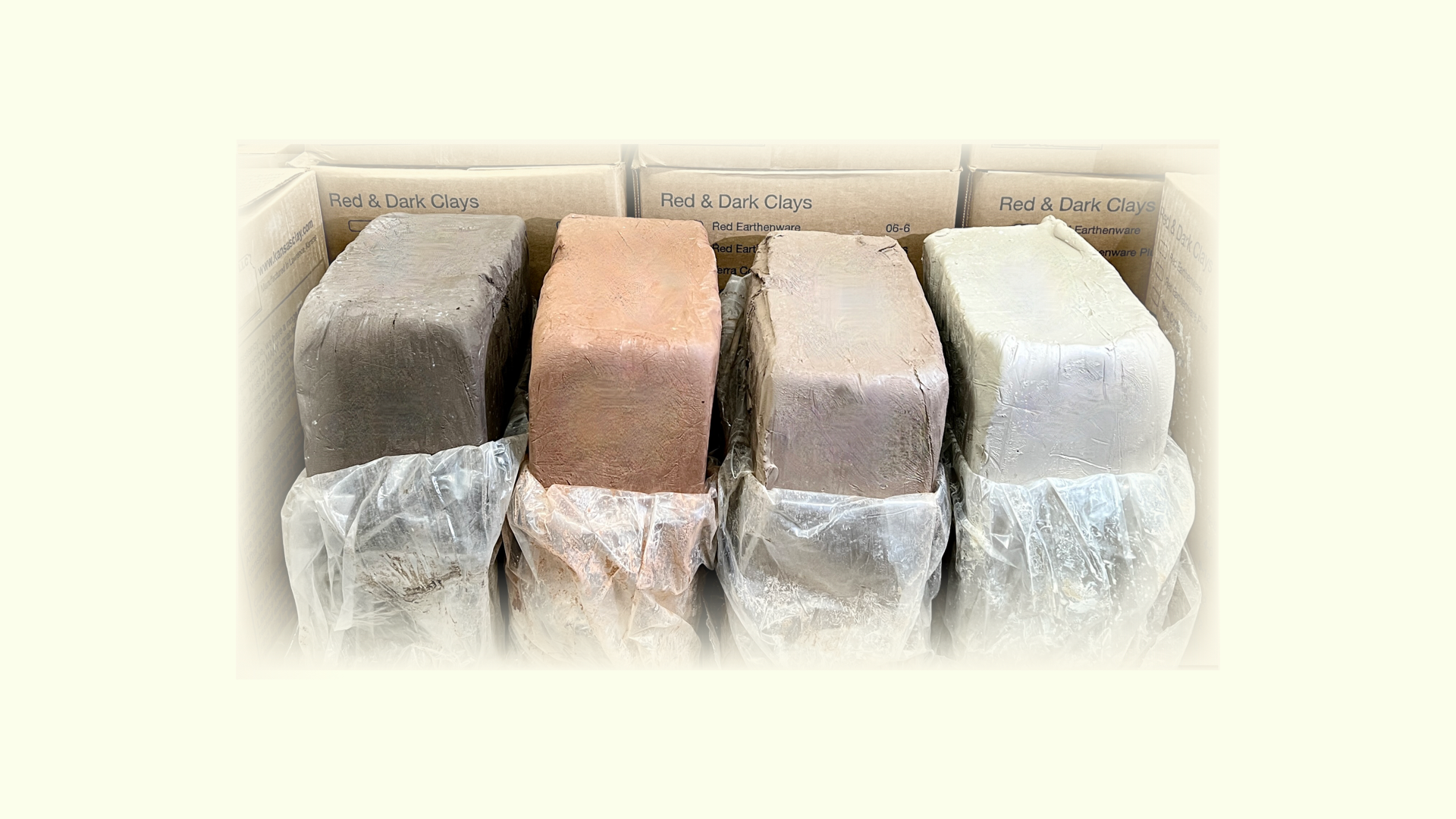Minspar Feldspar (soda) 200 Mesh
Regular price
From $2.50
Sale price
From $2.50
Regular price
Choose your option
Choose your option
Choose your option
Choose your option
Choose your option
Choose your option
Choose your option
Choose your option
Choose your option
Plaster - USG #1 Pottery FULL BAG.
Regular price
$24.00
Sale price
$24.00
Regular price
Choose your option
Choose your option
Choose your option
Choose your option
Red Iron Oxide (Ferric Oxide)
Regular price
From $4.00
Sale price
From $4.00
Regular price
Choose your option
Choose your option
Choose your option
Choose your option
Choose your option
Choose your option
Choose your option
Plaster - USG #1 Pottery FULL BAG.
Regular price
$24.00
Sale price
$24.00
Regular price
















































































































